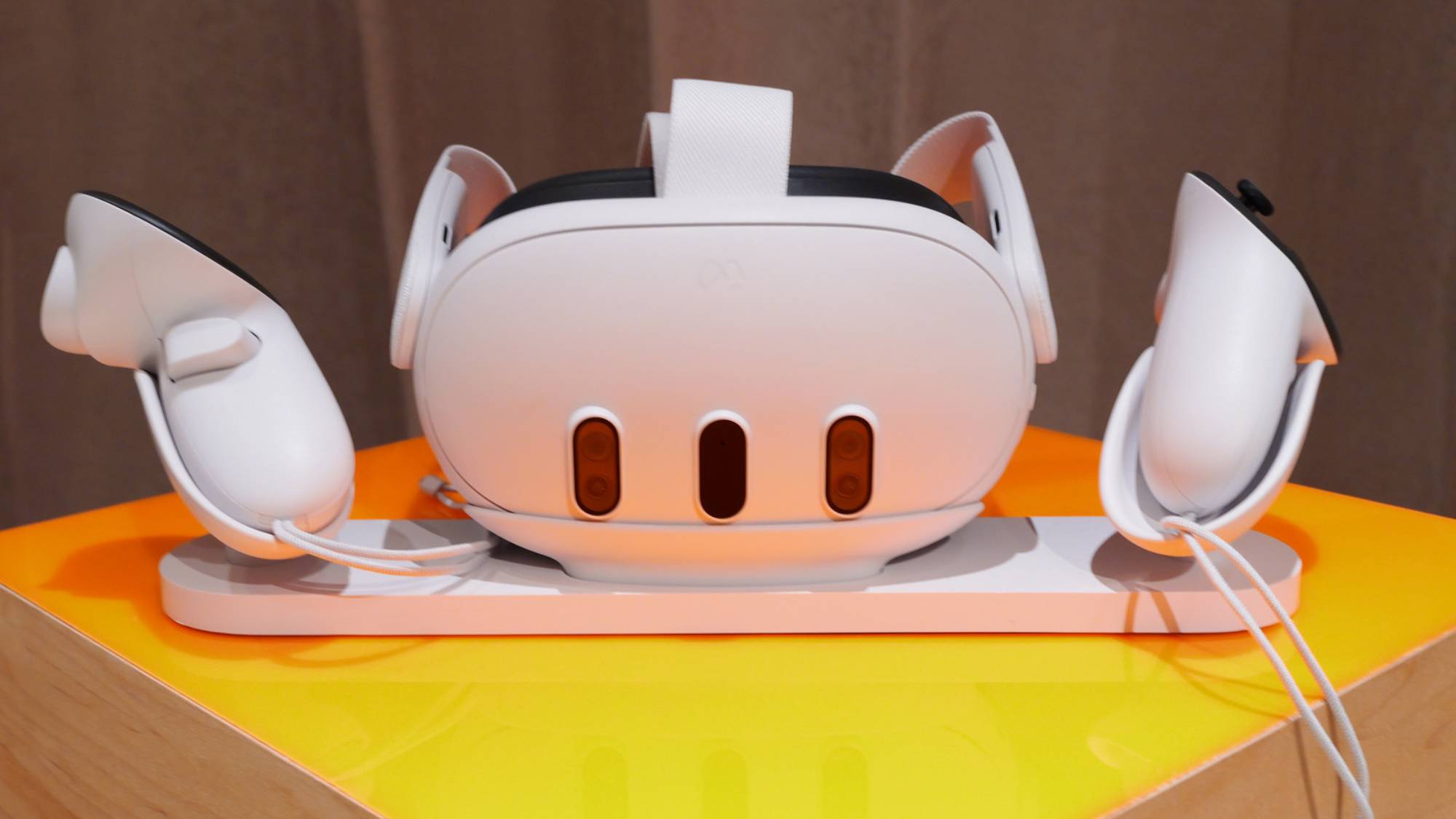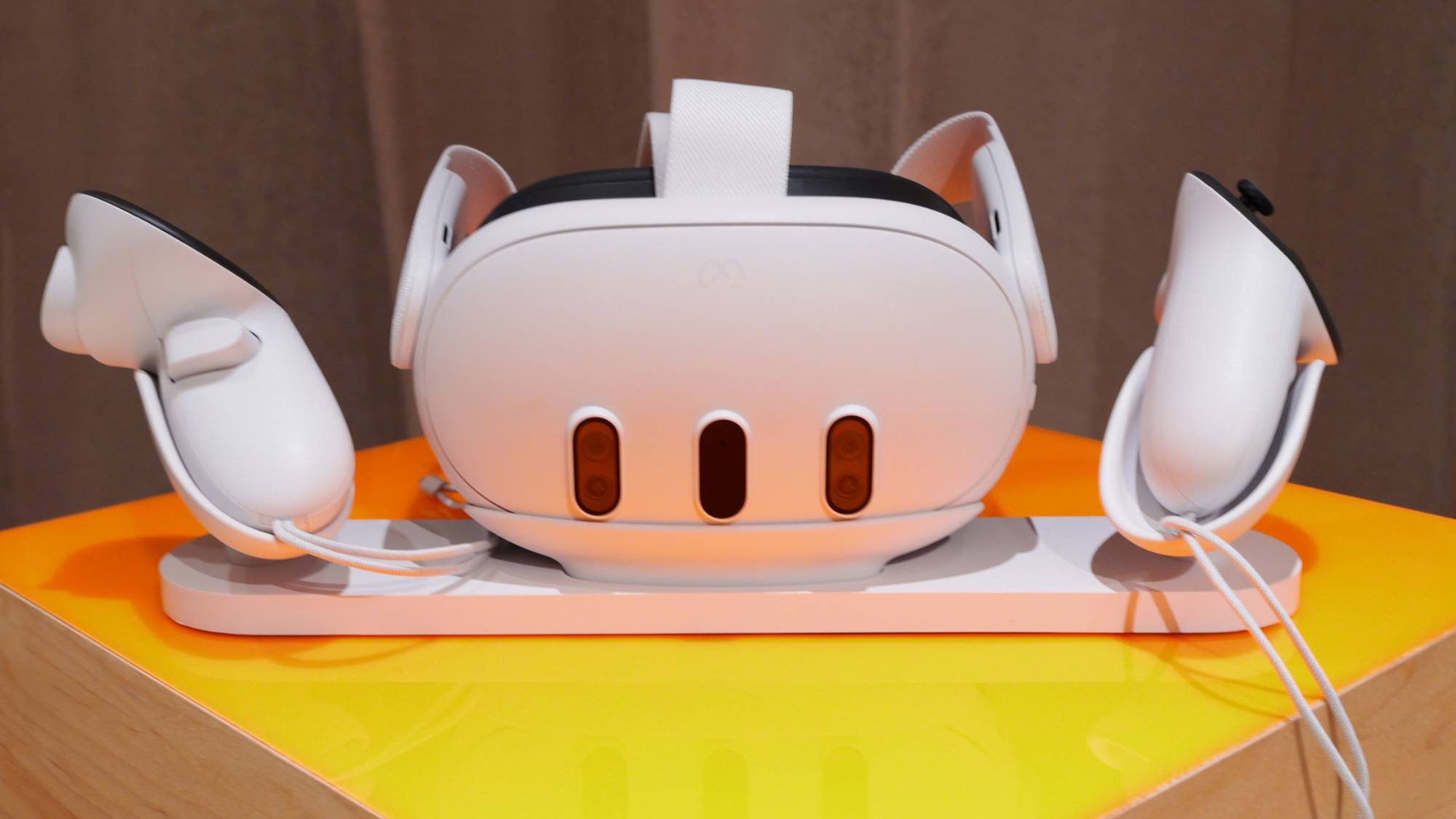When Apple unveiled the Vision Pro in June 2023, we knew we’d need to pay a hefty sum just to touch it — we didn’t expect it to cost a whopping $3,500.
The Apple Vision Pro faces a harsh reality: Apple analyst Ming-Chi Kuo reported this week that the tech giant dropped its Vision Pro shipments to 400,000 to 450,000 units compared to market predictions of 700,000 to 800,000.
Now lower supply (reflecting lower demand) may make them harder to come by, but it also means that developers will be less likely to flock to the nascent platform. Kuo also reports that Apple likely won’t offer a lower-priced Vision Pro in 2025, as many Apple watchers initially expected.
However, not all is lost. You don’t have to pay $3,500 for a quality VR headset, and you don’t have to wait any longer for an affordable version of the Apple Vision Pro. We’re talking about the Meta Quest 3 and, if you want to save more money, the Meta Quest 2.
The Apple Vision Pro is available on Apple’s website for $3,500, but you can get the Meta Quest 3 for $500 and the Meta Quest 2 for $200 at Best Buy. No, they don’t have all the bells and whistles that the Apple Vision Pro has, but the ~700% price difference makes a direct spec and features comparison a challenge.
Here’s why you should consider the Meta Quest 3 and Meta Quest 2 over the Apple Vision Pro.
TL;DR
From a hardware standpoint, it would be hard to argue that the Apple Vision Pro doesn’t win in virtually every category, however, is it enough to justify the $3,000+ price gap? If you’re looking for the best value, the Meta Quest 3 and Meta Quest 2 are your best choices.
It’s important to note that the Apple Vision Pro is targeted more toward work and home applications, while the Meta Quest appeals to both the work and gaming audience. If you want an immersive gaming experience, save yourself some reading time and get the Meta Quest 3 or 2. Otherwise, let’s jump in.
First, there’s the display — your primary connection into virtual or augmented reality. The Apple Vision Pro boasts a Micro-OLED display with a 3660 x 3200 resolution per eye. Meanwhile, the Meta Quest 3 and the Meta Quest 2 feature LCD screens with 2064 x 2208 and 1832 x 1920 resolutions per eye, respectively.

In simpler terms, the Apple Vision Pro offers a more vivid, sharper screen, allowing for deeper blacks and colors as well as more detail. Conversely, the Apple Vision Pro is capped at a 90Hz refresh rate, while the Meta Quest 3 boasts a 120Hz refresh rate. So even though the Vision Pro is sharper, the Quest 3 provides smoother visuals — you won’t see as much stuttering when you look around.
In terms of performance, the Meta Quest 3 and Meta Quest 2 feature the Snapdragon XR2 Gen 2 and XR2 Gen 1, respectively. The Vision Pro relies on a modified version of the Apple M2.
The Qualcomm Snapdragon XR2 Gen 2 scored 1540 on the Geekbench 6 overall performance test, which pales in comparison to the M2’s 10062 (via CPU Monkey). Additionally, Meta states that the Meta Quest 3 has double the processing power of the Quest 2.
Comparing cameras comes down to simple math, too. The Vision Pro features a total of 12 cameras as well as 5 sensors. The Meta Quest 3 offers 6 cameras and 2 sensors.
Want another point in favor of Quest 3? Its battery is built-in rather than having to run a cable to a battery pack sitting next to you. There are accessories that add an additional battery to the Quest 3, but even then they can be attached to the headset without becoming too ungainly. The Quest 3 is a better self-contained headset than the Apple Vision Pro in that sense.
Apple Vision Pro has a larger app library, but if you are more interested in gaming and entertainment than having a bunch of iPhone and iPad apps available to you, the Quest 3 is going to win again.
Bottom line
I won’t go into the design or the comfort of the Quest and Vision Pro because they’re more subjective and everyone has different preferences. Overall, the Apple Vision Pro buries the Quest devices in most regards when it comes to specs and features. But as you can now piece together, even 100% better doesn’t equal 700% more expensive.
As long as you don’t game (and have $3,500 to spend), the Apple Vision Pro is the best choice, otherwise, the Meta Quest 3 and Meta Quest 2 are both excellent headsets that give you a taste of mixed-reality and VR without spending as much as you would on one of the best gaming laptops.
For more news, rumors, and updates on everything VR related, and all things tech, follow Laptop Mag on X, Facebook, and Flipboard for the latest word as it arrives.







